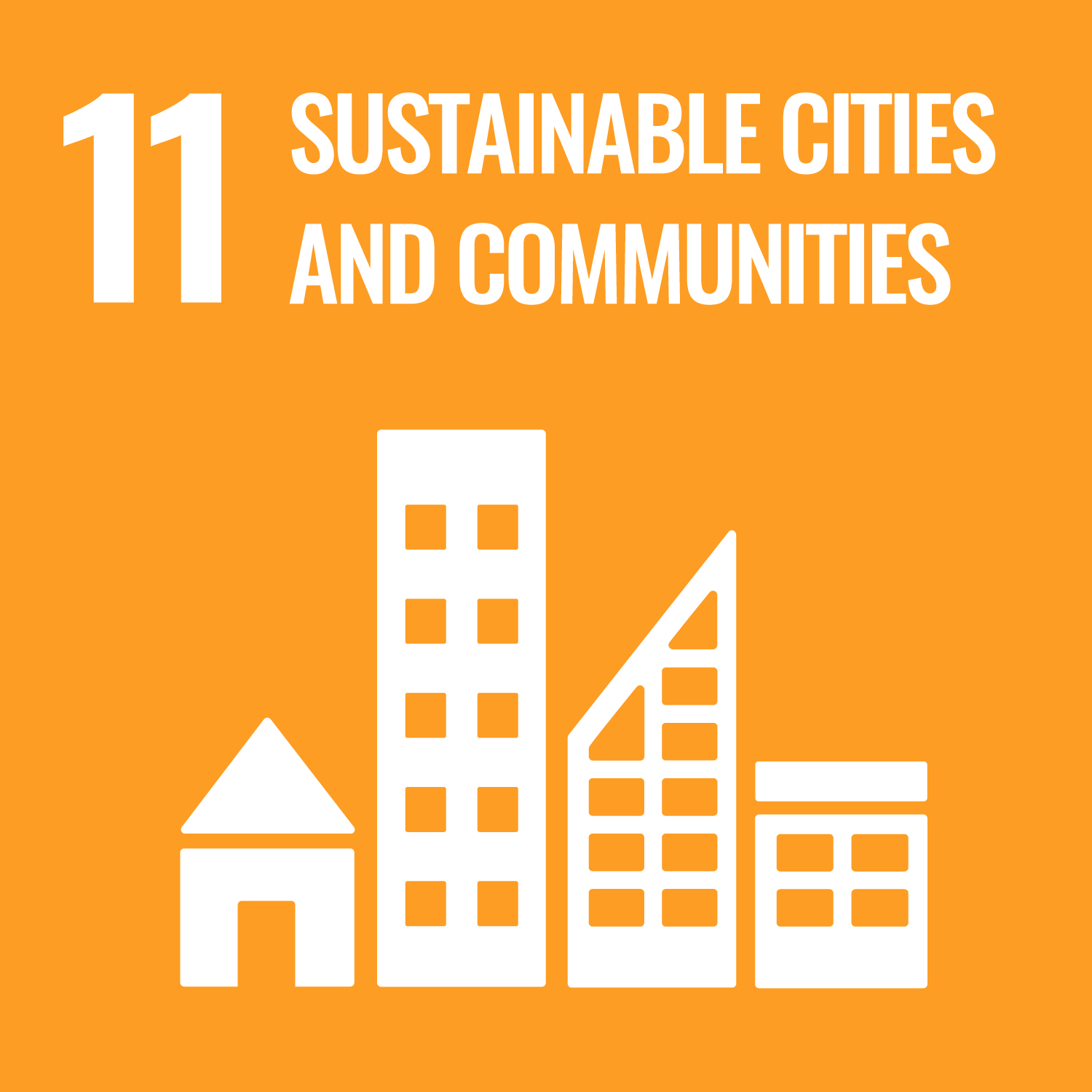This course introduces the foundations of refrigeration engineering and air conditioning engineering to students taking this
course. This course also deals with the basic principles of non-mechanical type refrigeration methods, such as, absorption
refrigerator, absorption refrigerator, chemical reaction type heat pump, and Seebeck effect cooler devices.
The aim of this class is to help students acquire the knowledge needed to understand the basic thermodynamic principles of
refrigeration and air conditioning systems.
- Obtain basic knowledge to understand the thermodynamic principles of the refrigeration equipments and air conditioning systems.
- Understand calculation techniques of theoretical refrigeration cycles of vapor compression refrigerator and absorption refrigerator.
- Understand psychrometric properties and psychrometric chart to calculate the effect of vapor-liquid equilibrium and mixing rules of moist air for air conditioning.
- Understand chemicak reaction, chemical equilibrium, and Gibbs free energy.
| Class schedule | HW assignments (Including preparation and review of the class.) | Amount of Time Required | |
|---|---|---|---|
| 1. | Introduction to refrigeration and air conditioning ・Low-temperature use technologies ・Types of refrigeration system ・Human comfort and air conditioning |
Preparation: syllabus | 190minutes |
| 2. | Vapor compression refrigeration (1) ・Thermodynamic process in vapor compression refrigeration ・Simple vapor compression system and its components ・COP(coefficient of performance), p-h diagram, T-s diagram |
Preparation: Textbook, Chapter 10, p163-p165. | 190minutes |
| 3. | Vapor compression refrigeration (2) ・Various actual conditions of vapor refrigeration and various arrangements for improvement in COP ・Performance of two stage compression type |
Preparation: Textbook, Chapter 10, p165-p168. | 190minutes |
| 4. | Absorption refrigeration (1) ・Operational principle of absorption refrigeration cycle ・Major components used in single effect absorption refrigeration |
Preparation: Textbook, Chapter 10, p168-p170 | 190minutes |
| 5. | Absorption refrigeration (2) ・Calculation on COP of teoretical cycle ・h−ξdiagram |
Preparation: Textbook, Chapter 10, p168-p170 | 190minutes |
| 6. | Absorption refrigeration (3) ・Small ammonia absorption refrigerator ・Other methods |
Preparation: Textbook, Chapter 10, p168-p170 | 190minutes |
| 7. | Fundamentals in air-conditioning theory ・Thermodynamics and properties of moist air ・Psychrometry properties, humidity, dry-bulb temperature, wet-buib temperature, dew point temperature |
Preparation: Textbook, Chapter 10, p170-p172 | 190minutes |
| 8. | Psychrometric chart and air conditioning ・Various psychrometric processes on psychrometric chart and their calculations |
Preparation: Textbook, Chapter 10, p172-p175 | 190minutes |
| 9. | Non conventional type refrigeration cycles ・Air refrigerant cycle, Linde cycle, Claude cycle ・Peltier element |
Preparation: Textbook, Chapter 10, p170-p171 | 190minutes |
| 10. | Chemical reaction and thermodynamics (1) ・Heat of reaction and standard entalpy of formation |
Preparation: Textbook, Chapter 7, p103-p109 | 190minutes |
| 11. | Chemical reaction and thermodynamics (2) ・Standard Gibbs free energy ・Energy conversion of fuel cell |
Preparation: Textbook, Chapter 7, p110-p114. | 190minutes |
| 12. | Reaction rate and chemical equilibrium ・Chemical equilibrium and reaction rate coefficient ・Calculation on equilibrium constant |
Preparation: Textbook, Chapter 7, p114-p119. | 190minutes |
| 13. | Visit to real operating air conditioning facilitiy | Preparation: | 190minutes |
| 14. | Term-end examination and explanation of the answer | Textbook: p103-p119, p163-p170 | 190minutes |
| Total. | - | - | 2660minutes |
| Term-end examination | Total. | |
|---|---|---|
| 1. | 25% | 25% |
| 2. | 25% | 25% |
| 3. | 25% | 25% |
| 4. | 25% | 25% |
| Total. | 100% | - |
Final grade is going to be calculated according to the following process: term-end examination (100%). To pass, students have
to earn at least 60 points out of 100.
Textbook:JSME Textbook Series, "Thermodynamics", Maruzen,(Japanese)
Reference book:JSRA "Refrigeration and air conditioning technology" (Japanese)
Reference book:JSRA "Refrigeration and air conditioning technology" (Japanese)
Students who take this course need to have taken the courses of Thermodynamic 1, Thermodynamic 2, and Heat Transfer 1.
- Lunch break time on Tuesday: It is desirable to notify the visit in advance: k-tanaka@shibaura-it.ac.jp
- Course that cultivates an ability for utilizing knowledge
| Work experience | Work experience and relevance to the course content if applicable |
|---|---|
| N/A |



- 4.QUALITY EDUCATION
- 9.INDUSTRY, INNOVATION AND INFRASTRUCTURE
- 11.SUSTAINABLE CITIES AND COMMUNITIES
Last modified : Sat Sep 09 05:48:53 JST 2023
